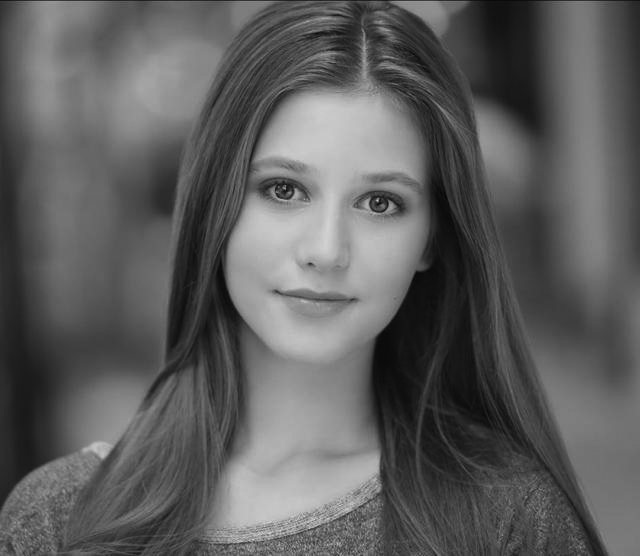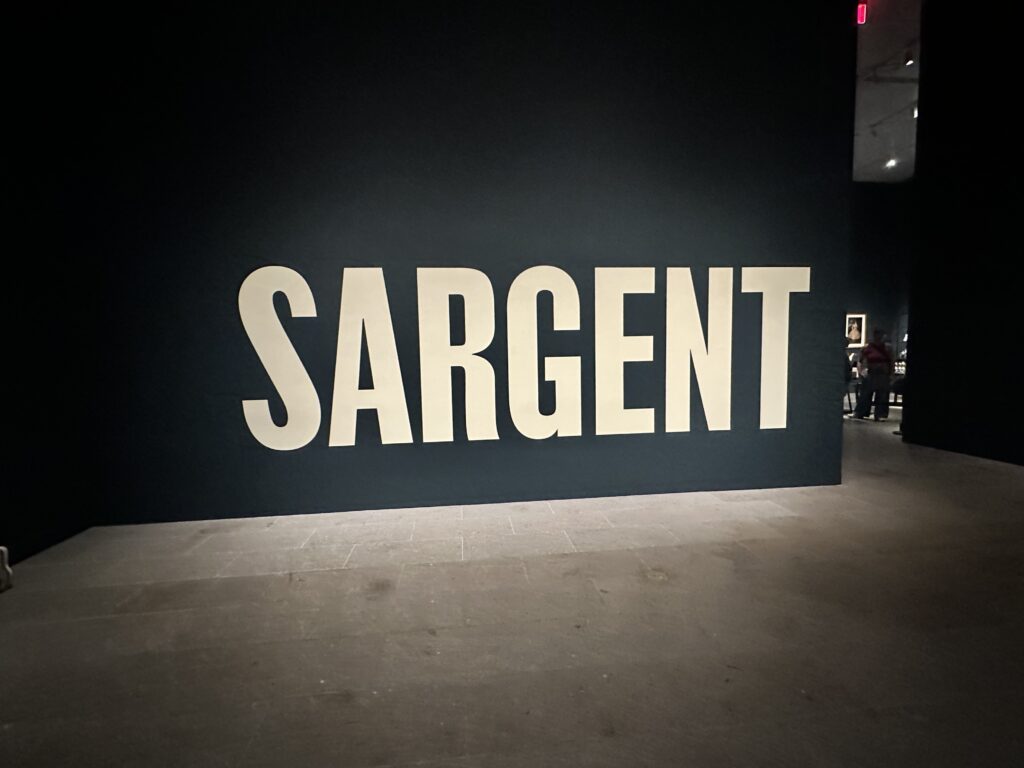
An American in Paris: Sargent Takes the MET
- Sargent & Paris
- Chiara Padejka
- April 30, 2025
- 5 min read
Known for capturing “the most fashionable people at the most fashionable place at the most fashionable time in the world”, John Singer Sargent has been described as America’s finest portraiture. The master’s work is now in SARGENT & PARIS, The Metropolitan Museum of Art’s hottest new exhibit. As the preeminent painter for the upper and artistic classes during a golden artistic era, Sargent captures the city’s divine fashion and art in a way that is unlike any other.Featuring sumptuous gowns and striking profiles, this exhibit is a must-see for those interested in Belle Epoque fashion and art. Spanning from his traveling student days until his most provocative, masterwork - the infamous Madame X, the curation is dedicated to his fruitful and inspired relationship with the epicenter of art.
Born in Florence to American parents, Sargent’s parents supported his interest in painting from an early age. His mother was well versed in watercolors and encouraged young Sargent to sketch daily. They funded his artistic education and Sargent's tutoring in painting and other mediums through his university years. Initially, Sargent was interested in furthering his technique at the Accademia di Belle Art in Florence, but his parents encouraged him to study in Paris instead. Throughout his childhood, his family traveled the European continent often, providing Sargent with an adequate eye for culture, beauty, and proportion. Encouraged by them and inspired by Paris’ vibrant art scene, Sargent enrolled in university at the Ecole des Beaux-Arts and entered his Paris years.
After the Franco-Prussian war, the French city was imbued with a sense of avant-garde, new fashions, and progressive artistic circles. Nearing the turn of the century, the world was about to be fundamentally flipped upside down. The nextcentury’s wars and technological industrialization would usher in the age of Dadaism, nihilism, and modernism. The Belle Epoque was a final sizzling era in which the old and new met in dialogue. Paris was the place to be. It had the Louvre, beautiful landscapes and subjects, and inspiring figures engaging in café society. As a student, Sargent engaged with various intellectual and artistic types - bohemians, travelers, politicians, fellow artists, old-school mentors, and the coolest new group - the impressionists.
Sargent was such a fan that he became friends with Claude Monet after attending the possé’s radical 1876 exhibition. Therefore, his early paintings showcase the influences of impressionism, particularly in his brushwork. Rare landscapes such as In the Luxembourg Gardens, 1879, and scenes of musical symphonies like Rehearsal of the PasdeLoup Orchestra at the Cinq d’Hiver showcase his integration of their techniques. These earlier paintings capture scenes through quick brush strokes, vantage points, and dynamic cropping. One of them on view is even in a grisaille (grayscale) palette. Headopted an appreciation for plein-air painting and experimentation.
Including these pieces in the exhibit allows viewers to understand Sargent’s evolution and progression toward the portraits he is most famous for. The origin story of his swishes can be traced back to here. Furthermore, these scenes also capture how similar Sargent is to many young people today. Like much of our contemporary youth, Sargent was also interested in concert-going, hanging out in the park, partying at chic functions, and traveling to remote places like Morocco. Curating a bohemian and cosmopolitan circle, Sargent’s time in Paris bears striking parallels to those of New York’s current artistic circles.
Perhaps most importantly, France introduced Sargent to his mentor, Carolus-Duran. His teaching methods were labeled radical. An unconventional teacher, Duran guided the impressionable painter towards working in portraiture and taught him to embrace new methods of capturing the subject’s essence. According to the exhibit, “he taught his students to paint directly on the canvas with little preparatory drawing. He encouraged them to maintain the spontaneity of their initial impressions in the finished paintings.” The unfinished oil painting Head of a Male Model, 1818 showcases Sargent’s broadly painted, distinct brushstrokes. As a result, the gaze of the male subject is both arresting and ethereal. Cleaning the space and casting their models, Sargent and other students under Duran’s tutelage organized their studio lessons.
Beyond the classroom, much of the curation documents Sargent’s far and wide travels, before, during, and after his education. Like many students today, Sargent spent his summers out of school traveling. His decadent oeuvre delineates his impressions of various places he visited. One can practically sense the atmosphere in his depictions of bright Mediterranean coasts, rich Spanish cities, Venice’s mysterious lagoons, and the sun-drenched architecture of Morocco and Tangier. Since he was based primarily in Paris, Sargent often ventured out to the French coast, where he found respite in the seascapes of Normandy and Brittany. Other times, he particularly enjoyed summering in the Mediterranean and Southern Europe, where playful rustic scenes and olive-toned subjects imbued a sense of fantasy into his works. In this section, one will find many gravitating towards Young Man in Reverie, an expressive and sensual painting of a young dark, Mediterranean male figure. Posed against a whitewashed wall and white pottery, the subject “resembles a type that Sargent was attracted to and chose to portray often during his student years”.
In his post-graduation years, Sargent continued on extensive trips in line with the historical travels of painters such as Diego Velázquez. A portion of the exhibit is dedicated to his Venice period. The corner highlights his friendships with Chilean diplomat Ramon Subercaseaux, with whom he shared a studio, in Ramon Subercaseaux in a Gondola, 1880, and Venice’s iconic architecture in Venetian Interior, 1880. His other main pilgrimage included Spain and Morocco, before coming home to Paris. In Spain, Sargent was particularly interested in capturing the essence of the Romani, commonly degraded and known as “gypsies”. Spanish Roma Woman, 1876-82 portrays his idealized projection of the nomadic people - sensitive and romantic. El Jaleco, a dramatic depiction of flamenco, captured public attention particularly. Sargent’s interest in unconventional subjects is seen throughout - beggar girls, priestesses, and dancers. He often heavily romanticized these impoverished people in his lush portraits, but also emphasized their beauty in a time when they were demeaned and labeled as lesser than.
Particular standouts include his white-on-white Fumée d’Ambre Gris (Smoke of Ambergris), a monochromatic masterpiece from his time in North Africa, and a personal favorite - The Sulphur Match, 1882. Enigmatic, sensual, and mysterious, the former was applauded in the Salon of 1800. According to curation, “The amazing white-on-white composition is amplified by the meticulous rendering of the incense burner, patterned rugs, and tiles on the floor.” In the latter, Sargent depicts a rather provocative and lively tableau of an inebriated young couple in Venice. Filled with sexual tension, there are several inferences to a wild time. From the broken glass and littered wine bottles to the male figure’s glowing cigarette, the painting is an earnest and relatable portrayal of young adulthood. Onecan imagine the tipsy buzz of the joyful female figure as she leans back on her chair, revealing her ankles.
Perhaps the most exotic local Sargent ever visited was across the Atlantic. Despite his heritage, he surprisingly never visited America until his twenties. Nonetheless, Sargent would go on to paint some of America’s finest heiresses and women of pedigree in his famous portraits.
The catalyst for his career as the go-to portraitist for the rich and famous was the result of his travels and mentorship. According to the curator, “Above all, Sargent sought attention at the Paris Salon, the annual state-sponsored exhibition that offered unparalleled exposure. Upon the completion of his formal training, he showed two paintings at the salon in 1878 - a landscape painted in Capri and a portrait of his teacher Carolus-Duran, which earned an honorable mention. Critics suggested that the student had surpassed his master”.
Sargent indeed outdid his master. In his Paris studio, he built an ambitious career. Pushing boundaries, his paintings stood out in the Salon “where thousands of paintings- hung from floor to ceiling and arranged alphabetically by the artist - competed for attention." Sargent’s striking portraits were at first primarily patronized by close friends and family. As he gained a greater reputation and the economy allowed for greater social mobility, his commissions increased and his circle spread wider. His portraits became a status symbol for his female patrons - often showcasing them in their finest gowns at the pinnacle of their youth, beauty, and power. One can gaze for hours at the minute details in these portraits. Stylized in flowers, jewelry, and fine fabrics, the ladies are illuminated in all their glory. See the finest of the finest: Chilean heiress Madame Ramón Subercaseaux at her piano, French aristocrat La Vicomtesse de Poilloüe de Saint-Périer adorned in a red floral garland, and the socially prominent Margaret Stuyvesant Rutherfurd White in as her pedigreed last name suggests - in white. Ms. White was the first real socialite to commission Sargent. After the reveal, the rest of high society became obsessed.
The creme de la creme is certainly saved for last. The end of the exhibit highlights some of Sargent’s most remarkable displays of pageantry. The pinnacle of these high society portraits is ushered in with psychological The Daughters of Edward Darley Boit, 1882. Though many, including myself, were brought up to think that the work depicts two servant girls detached in the shadows from their wealthy employer’s daughters, the mysterious group portrait depicts all four of Boit’s daughters. Henry James described the piece as psychologically intense. The unusual depiction of subjects facing away from the foreground, the obstructive nature of the large vases, and the mysterious, large negative space led a critic to describe it as "four corners and a void.”
Perhaps the most mysterious of them all, Madame X draws crowds towards the end of the hall. Regal and beyond magnificent, this showstopper of the iconic Parisienne Virgine Amélie Avegno Gautreau captures the twenty-five-year-old in all her glory. The diamond crescent ornament gleams in her hair. Her twisted body, contoured waist, draping gown, and striking profile mirror her reputation as an attractive yet dangerous societal siren. Sargent describes the work as his magnum opus. Finding her tantalizing and arresting, he painted Gautreau without commission in a mission for it to be the best piece he ever did. It was a spectacular reveal - receiving envy, admiration, and hatred from Paris. Controversial for its spaghetti straps, it set fashion trends overnight and made Gauteau into an even more infamous, modern-style celebrity. Sold to the Met in 1916, the painting is truly the star. In the same room, one should admire his rare pre-visualization sketches of Madame X and other magnificent red Parisian restaurant scenes.
After this climatic viewing, visitors will turn to the final rooms to view some of Sargent’s sketches, British work, and other standouts. Following the scandal in Paris, Sargent moved to Britain, where he painted high society to“redeem his reputation." The British portraits continued to establish him as one of the most in-demand painters of the period. The vibrant, dynamic, lemon-colored La Carmencita and regal pink Princesse Louis de Scey-Montbéliard close the exhibit with grandeur. A sketching room, inspired by his youth, allows visitors to interact in the tone of a Parisian salon. Sketching, critique, and reflection are encouraged. The staggeringly unmissable Sargent & Paris is on view through early August.
Link to Exhibit
SARGET & PARIS:
Read More
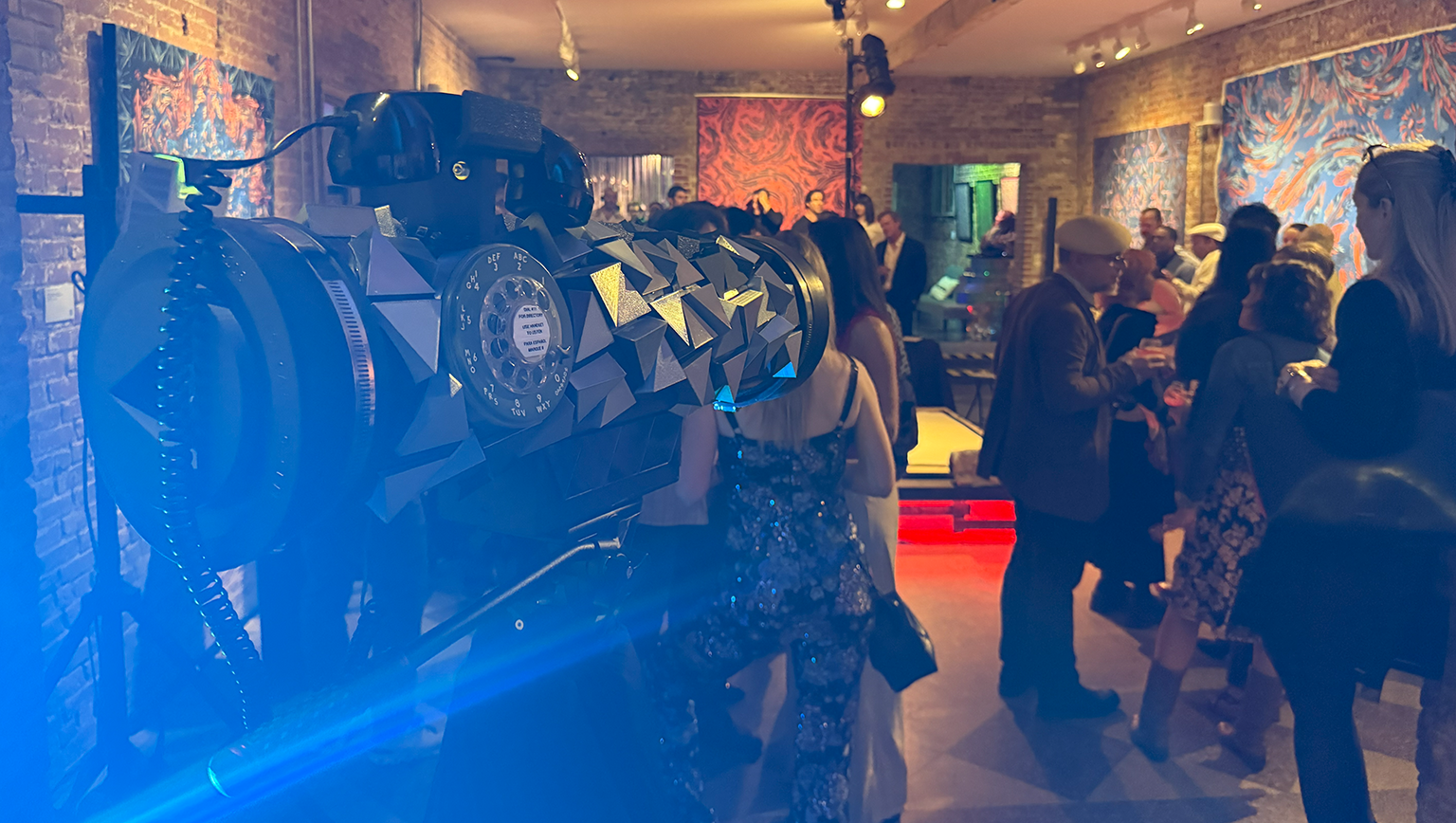
Art Bath Review: An Evening of Artistic Immersion A Multisensory Celebration at the Historic Blue Building
Abigail MacFadden •April 29, 2025 •
4 min read
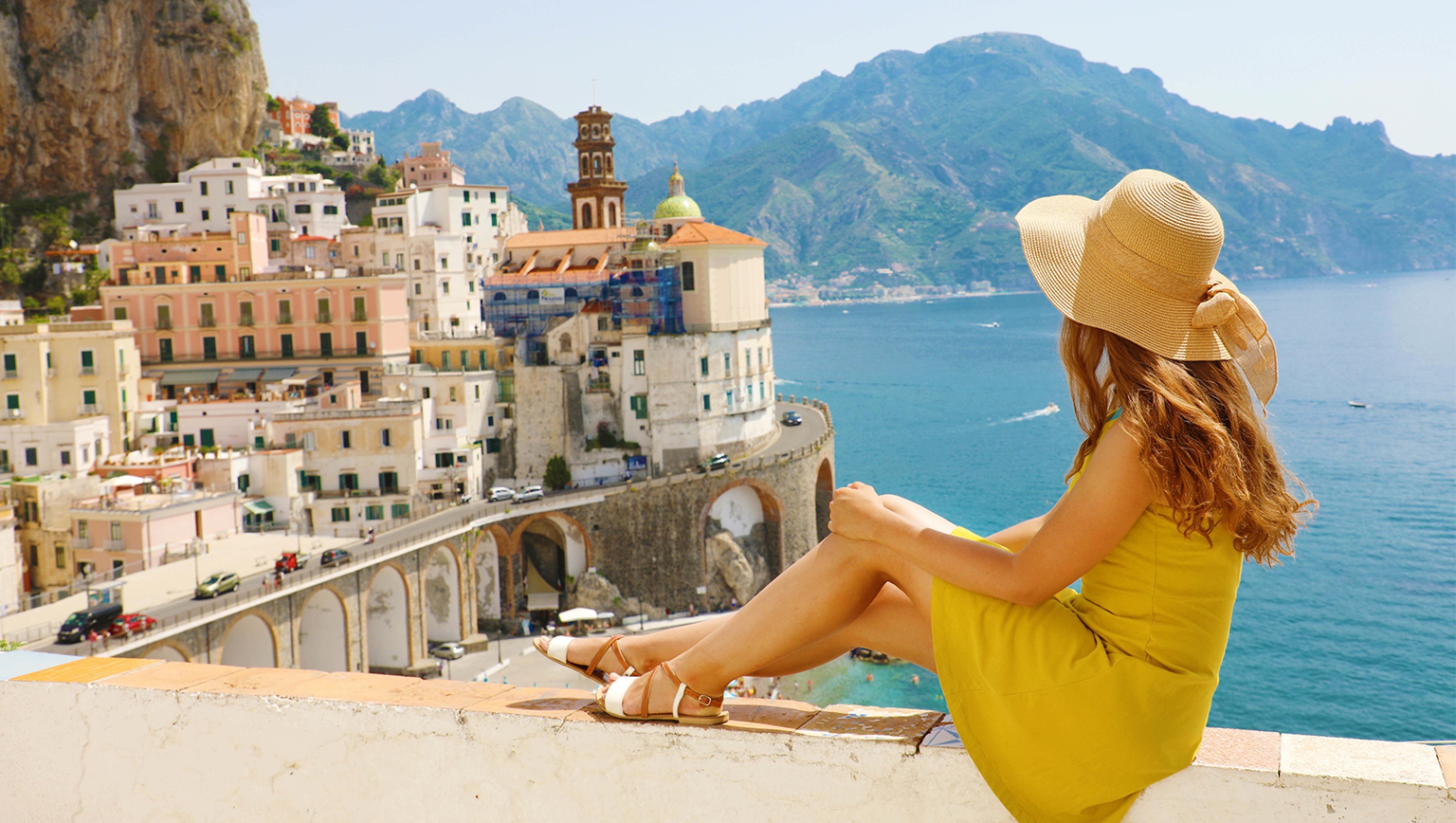
Segreti Dei Medici: An Italian Style Guide
Abigail MacFadden •April 29, 2025 •
5min read
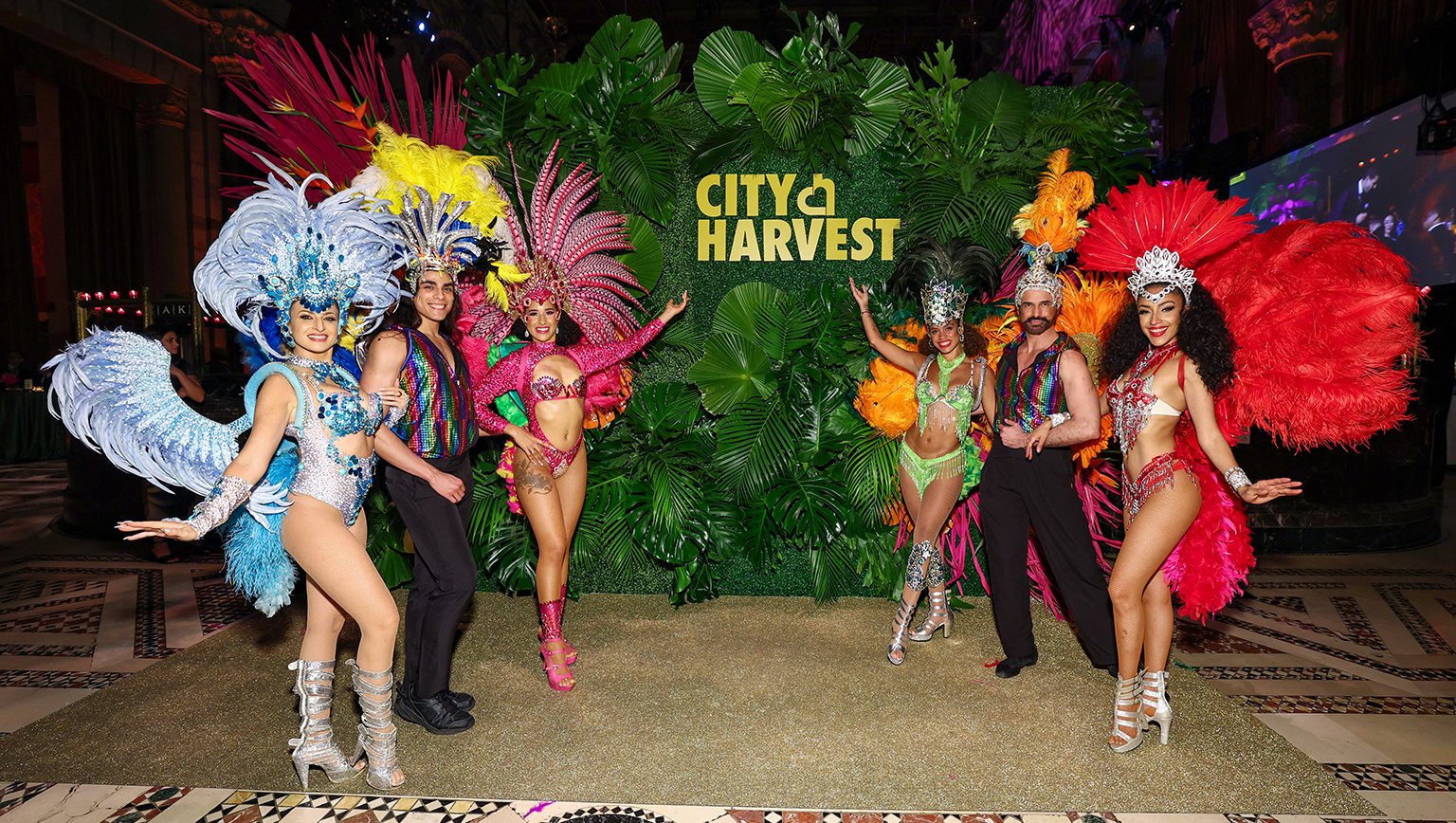
Carnaval for City Harvest Gala : From Rio Vibes to Real Impact
M. Marki • April 25, 2025 •
5min read
Read More

Art Bath Review: An Evening of Artistic Immersion A Multisensory Celebration at the Historic Blue Building
Abigail MacFadden •April 29, 2025 •
4 min read

Segreti Dei Medici: An Italian Style Guide
Abigail MacFadden •April 29, 2025 •
5min read

Carnaval for City Harvest Gala : From Rio Vibes to Real Impact
M. Marki • April 25, 2025 •
5min read

The Frick Reopens: The Must-See Museum for Spring
Chiara Padejka •April 24, 2025 •
7 min read
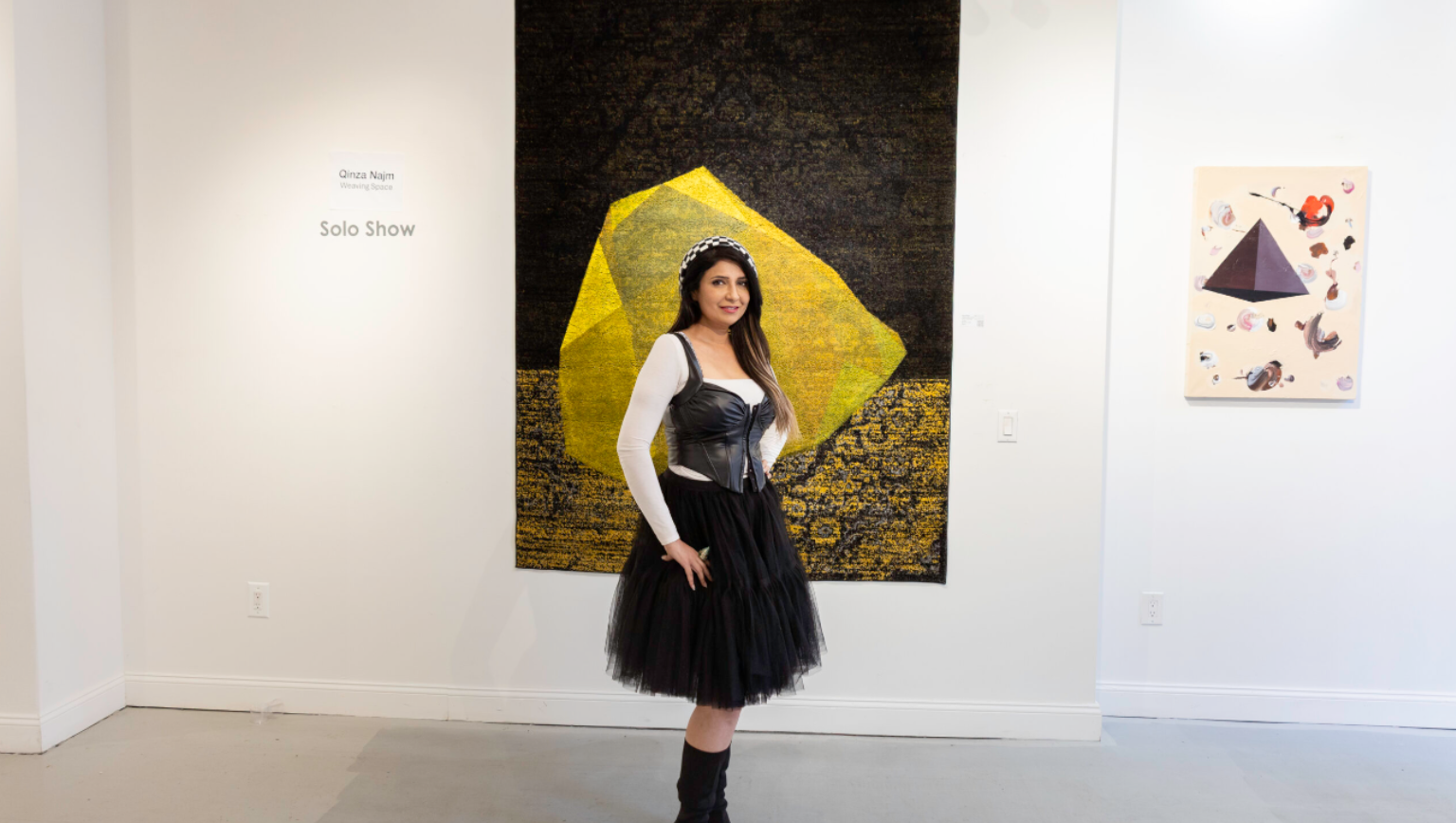
Weaving Space: Identity, Memory, and Resilience in the Art of Qinza Najm
Abigail MacFadden •April 21, 2025 •
6min read

Mary J Blige’s “For My Fans” Tour: A Love Letter to Three Decades of Hip-Hop Soul
Sasha Bernier • April 16, 2025 •
5min read
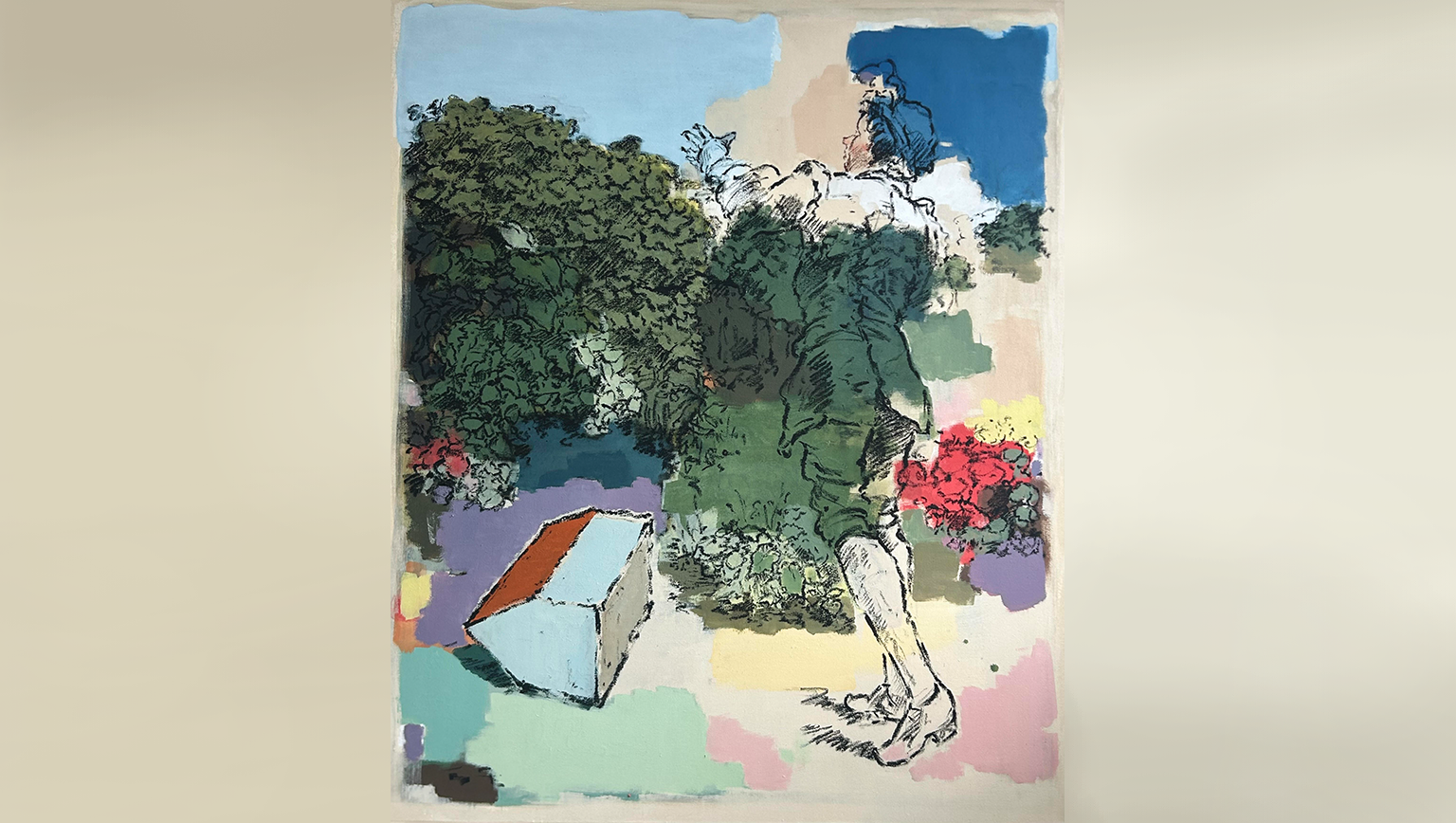
Together We Art Fair: A Celebration of Interconnectivity in New York
Abigail MacFadden •April 14, 2025 •
6 min read

Grace Chen: china's power dresser blending east and west
Abigail MacFadden •April 11, 2025 •
5min read

Sculpting Dreams in Silk: The Couture of Sohee Park
Chiara Padejka • March 31, 2025 •
5min read
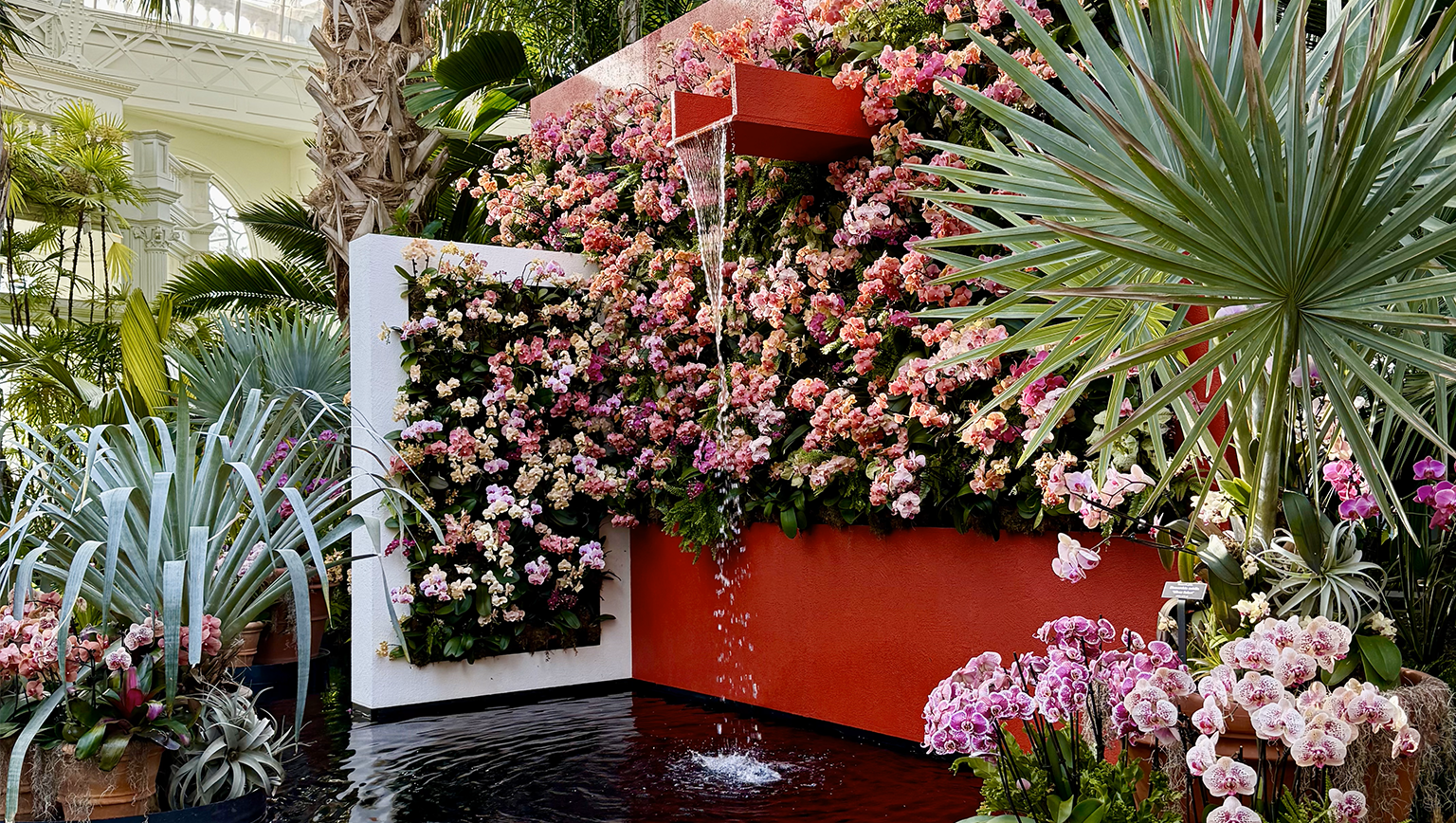
Living Art and Orchids: A Breathtaking Journey Through Mexican Design at NYBG
Abigail MacFadden •March 28, 2025 •
5 min read
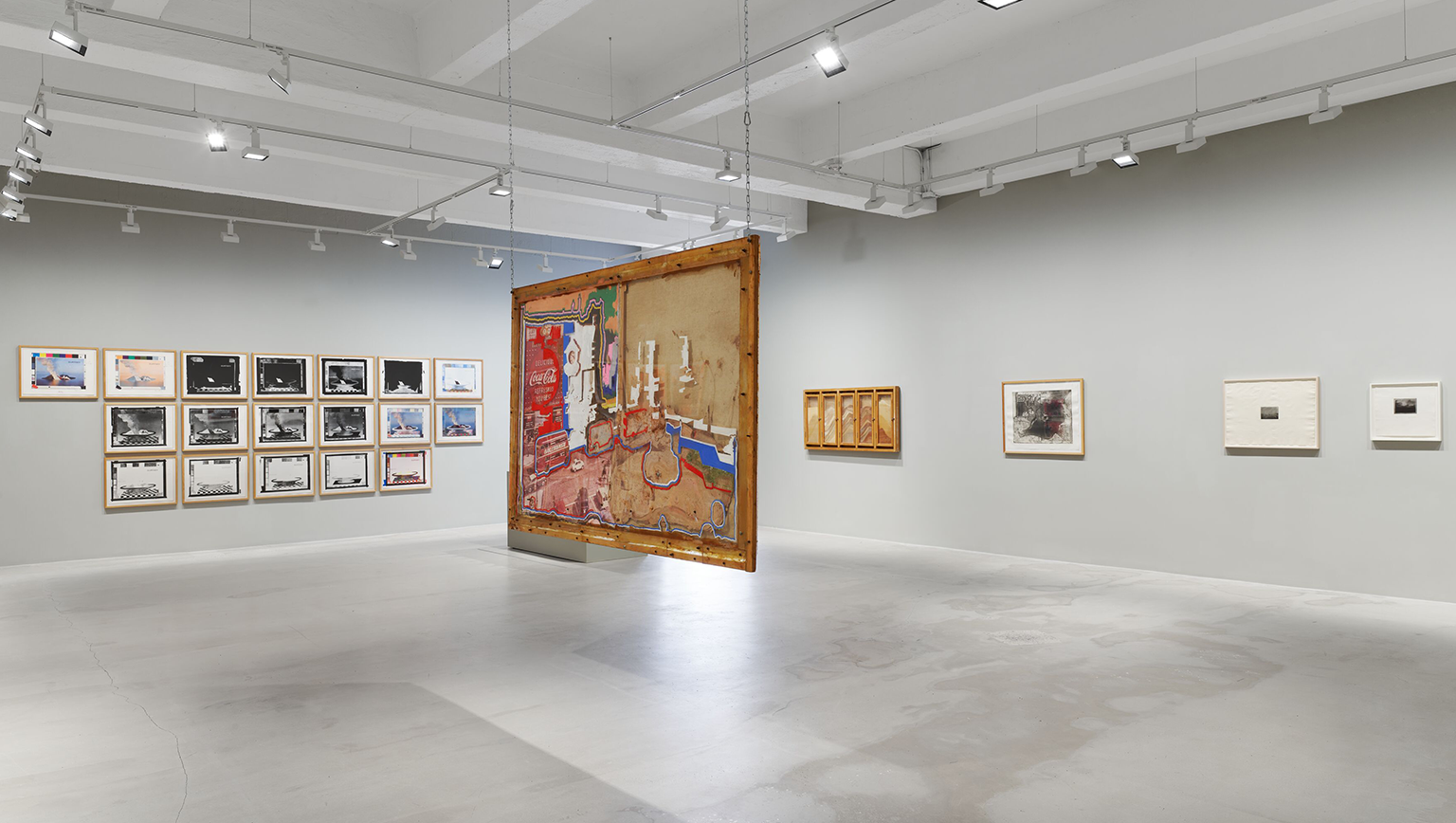
Dieter Roth. Islandscapes shines at Hauser & Wirth during IFPDA week
Abigail MacFadden •March 26, 2025 •
5min read
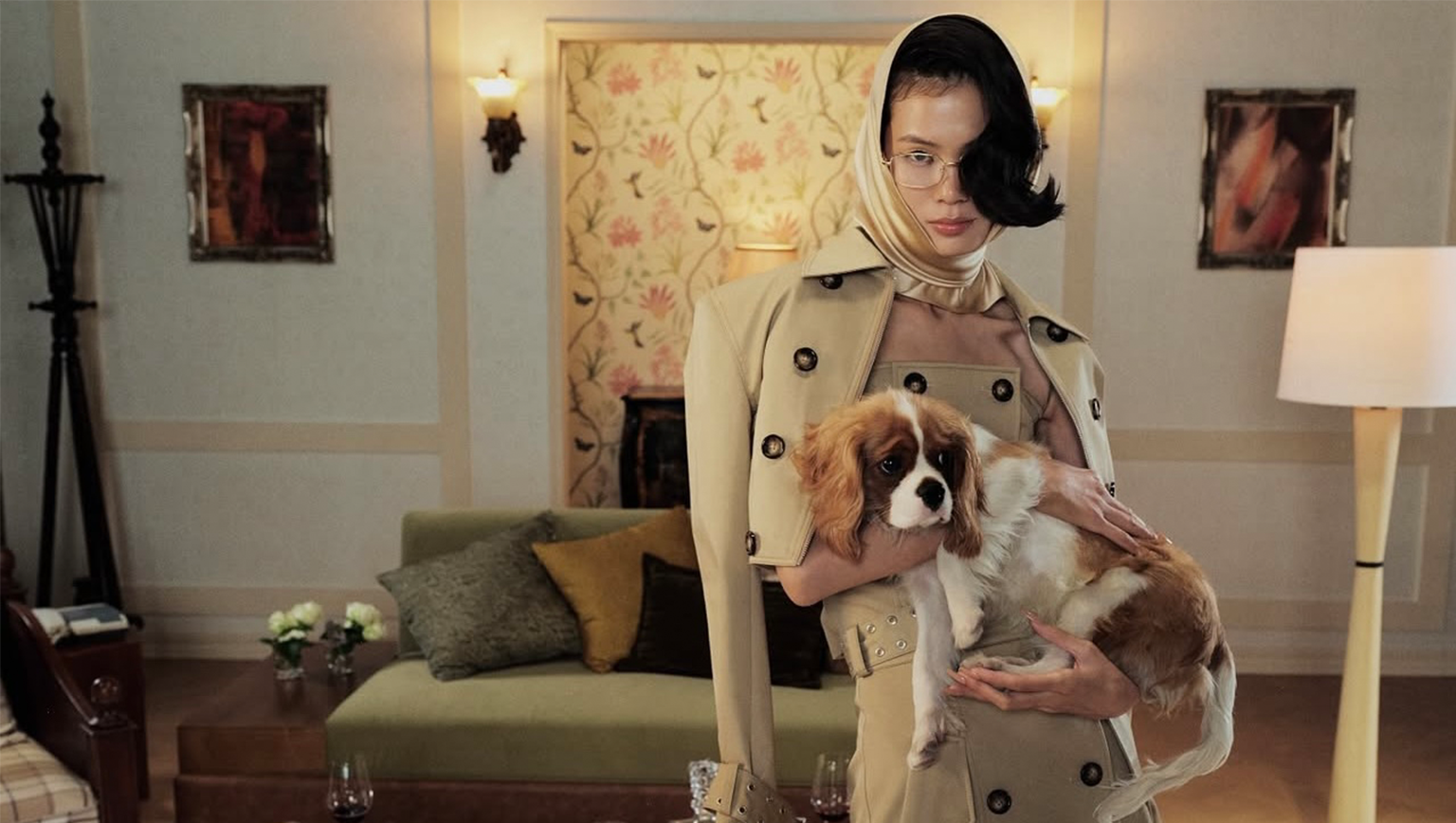
Who is the Gong Girl? Mark Gong’s Global Muse
Chiara Padejka • March 25, 2025 •
5min read
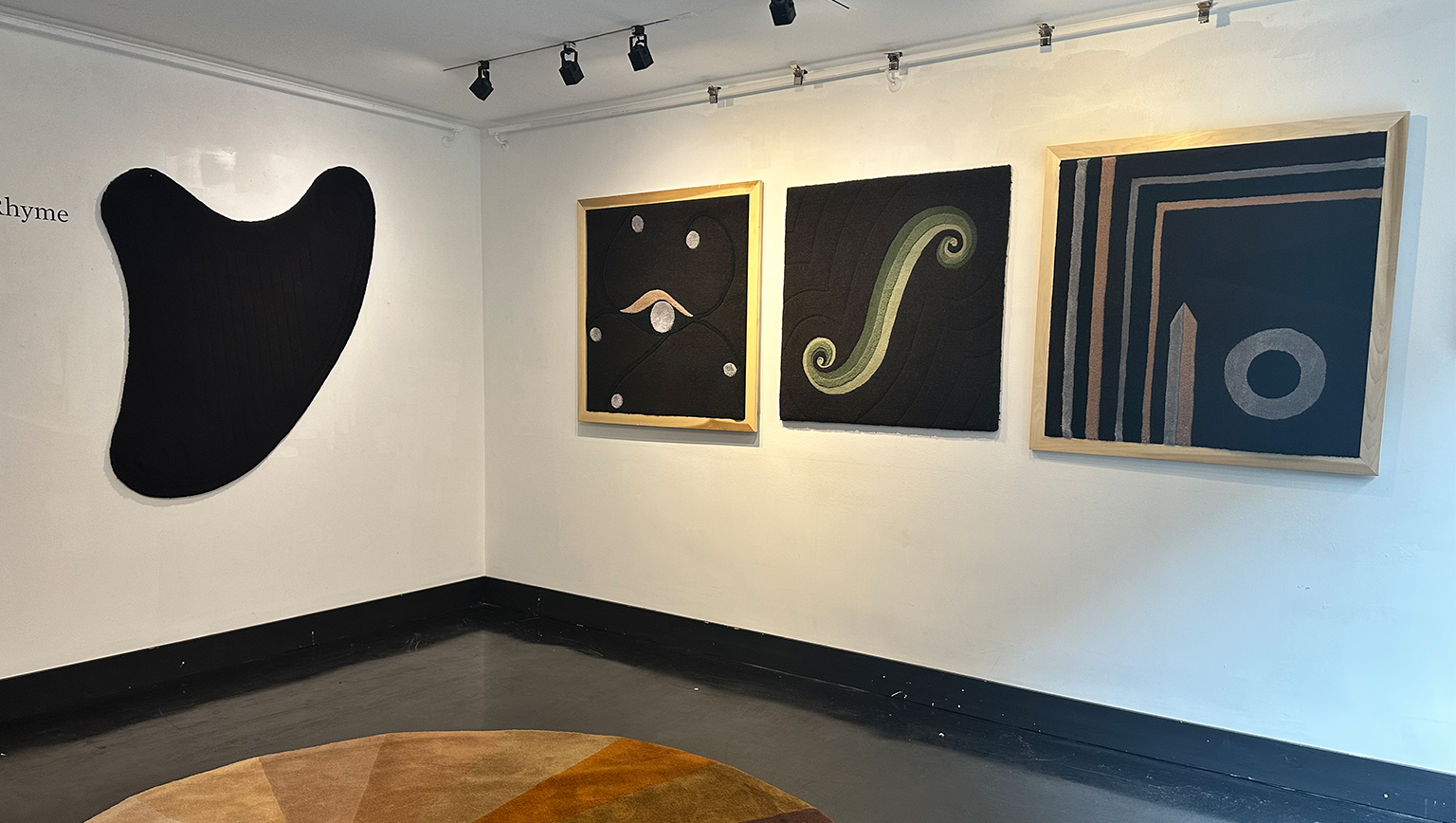
Rhyme with Reason: Irish Tapestry Studio puts Sustainability First
Chiara Padejka •March 19, 2025 •
6 min read
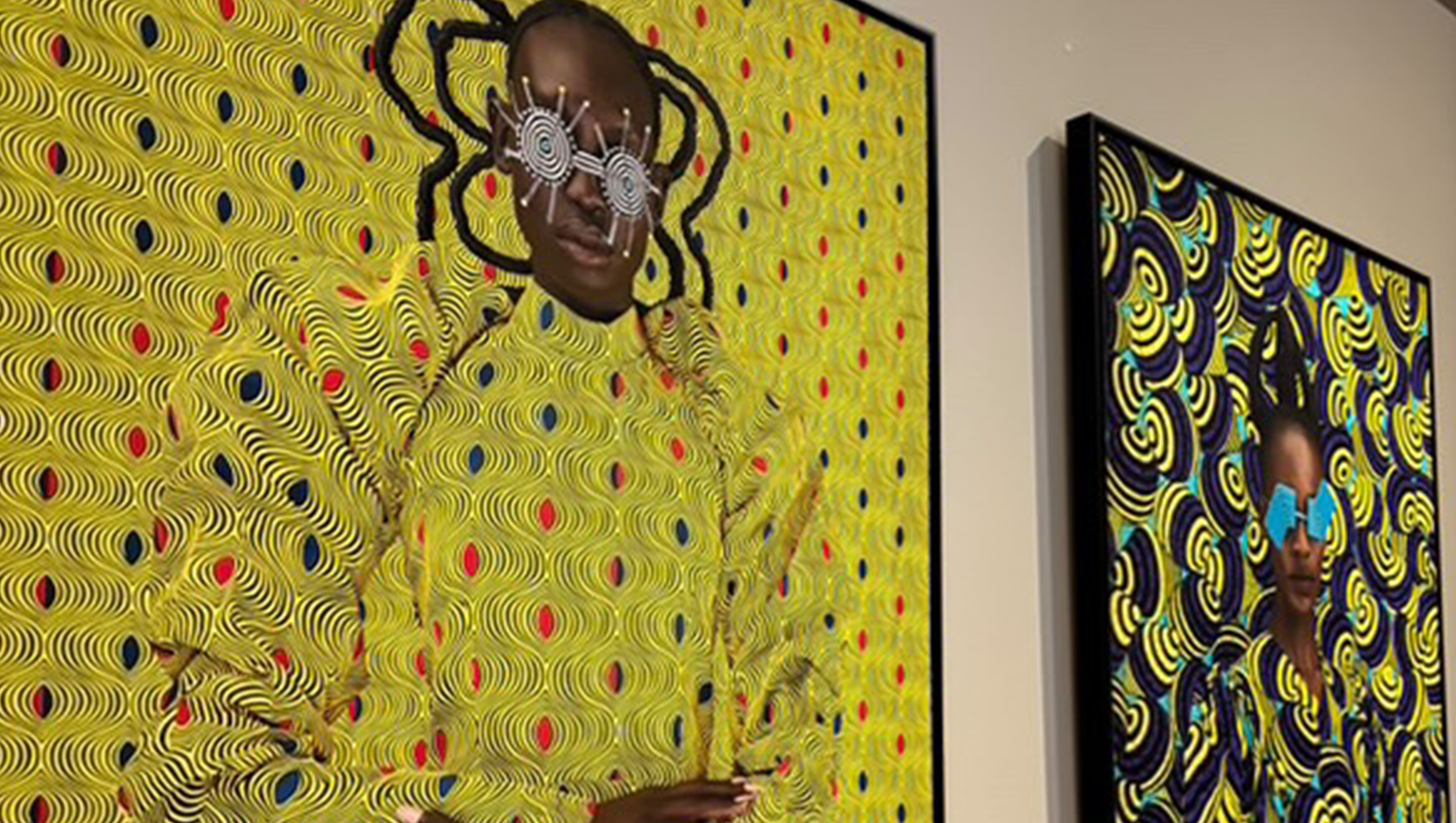
WAX: The African Fabric at the Heart of Fashion and Art
Lara Sleiman •March 18, 2025 •
5min read

Grasslands: The Afrofuturistic Journey of Mwinga Sinjela’s Artistic Evolution
Abigail MacFadden • March 17, 2025 •
5min read
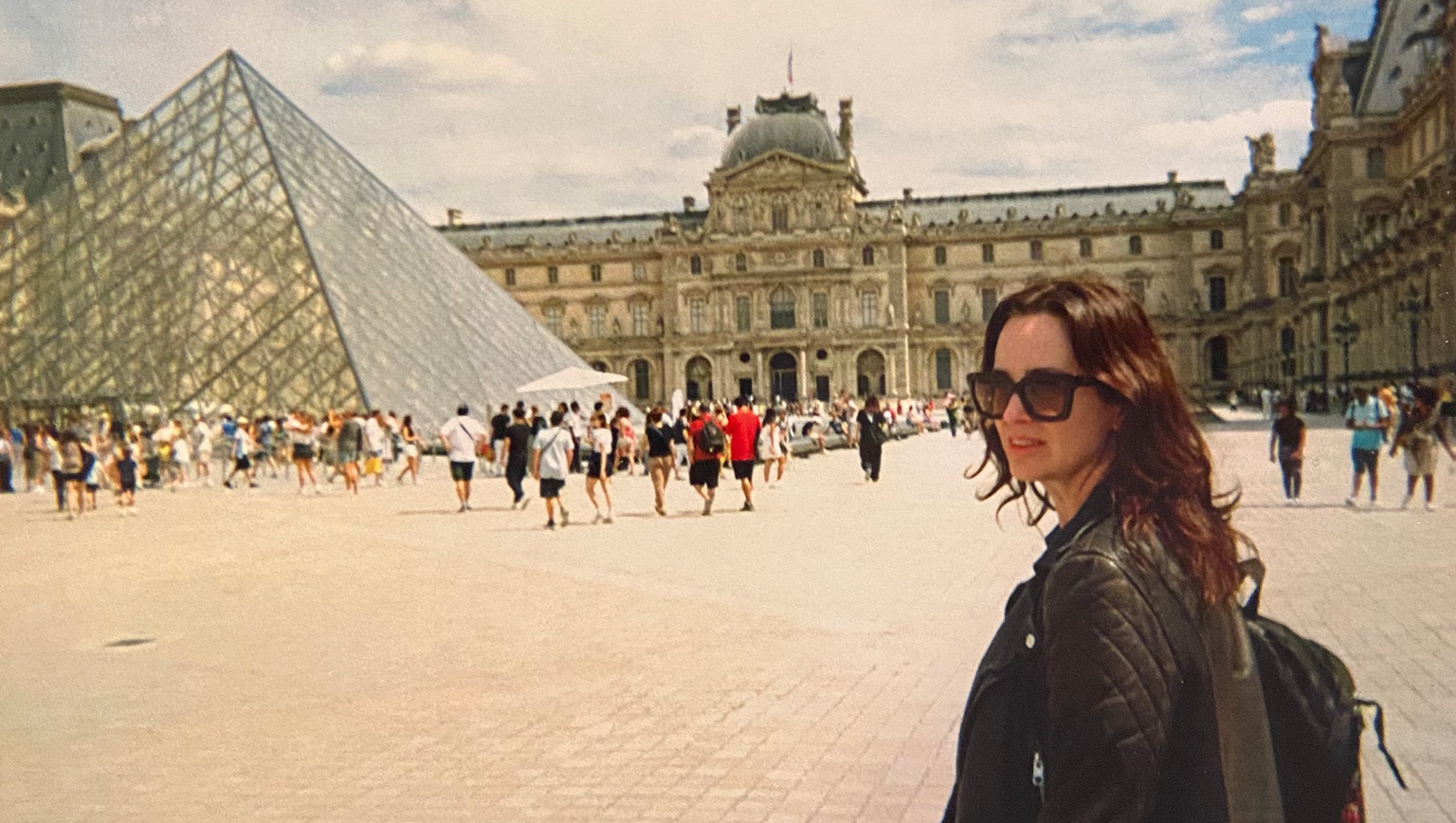
Person Place Thing : The Building Blocks
Chiara Padejka •March 14, 2025 •
5 min read

Australian Visions: Coma Gallery Makes Impressive Debut at Felix LA
Tess Azcuna •March 11, 2025 •
5min read

Colombian Magic at Nohra Haime Gallery
Abigail MacFadden • March 7, 2025 •
5min read

Beyond the Box: Tiffany Lamps and the Legacy of Artistry
Chiara Padejka •March 6, 2025 •
4min read

Tess Azcuna: Bridging Worlds in Entertainment, Fashion, and Business
Abigail MarcFadden •March 4, 2025 •
4min read

Maria Paula Suarez: The Alchemy of Emotion
Abigail MacFadden • March 4, 2025 •
5min read

Vibrant Artistry and Bold Commentary: Victor "Marka27" Quiñonez Wins Frieze Impact Prize
Abigail MacFadden •MArch 3, 2025 •
5min read

Lorenzo di Medici’s “Renaissance Pop” Collection Shines at LA Art Week
Sasha Bernier •March 3, 2025 •
6min read

Felix Art Fair: An Intimate Art Experience at the Roosevelt Hotel
Sasha Bernier • February 26, 2025 •
5min read

Stories Unfolding: A Tapestry of Narratives at Art Gotham
Abigail MacFadden • February 24, 2025 •
5min read
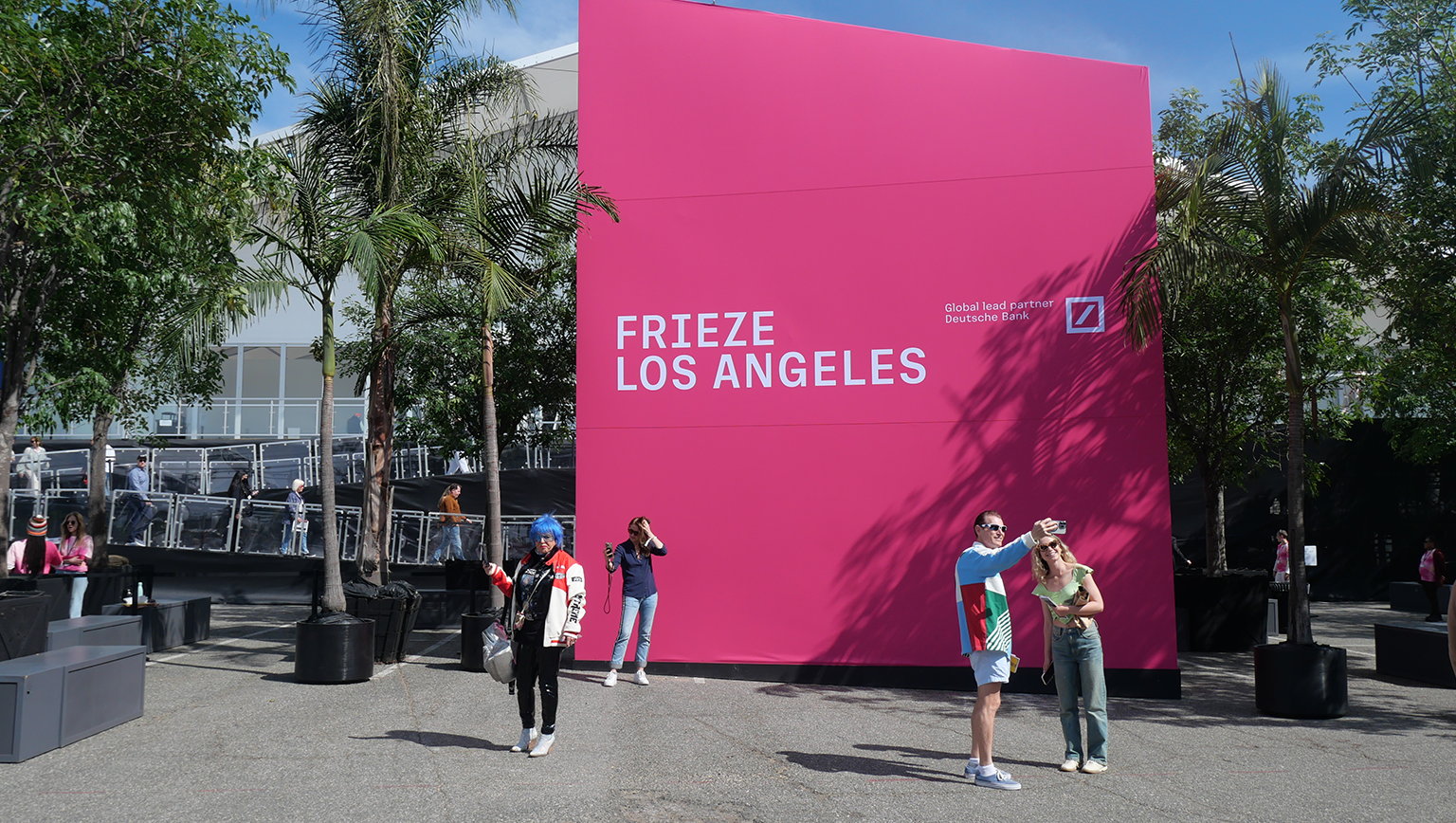
Standout Showcases: Six Must-See Galleries at Frieze Los Angeles 2025
Abigail MacFadden • February 23, 2025 •
6min read

Gagosian’s "Nomadic Folly" Offers Peaceful Respite During Los Angeles Art Week 2025
Abigail MacFadden • February 23, 2025 •
4min read
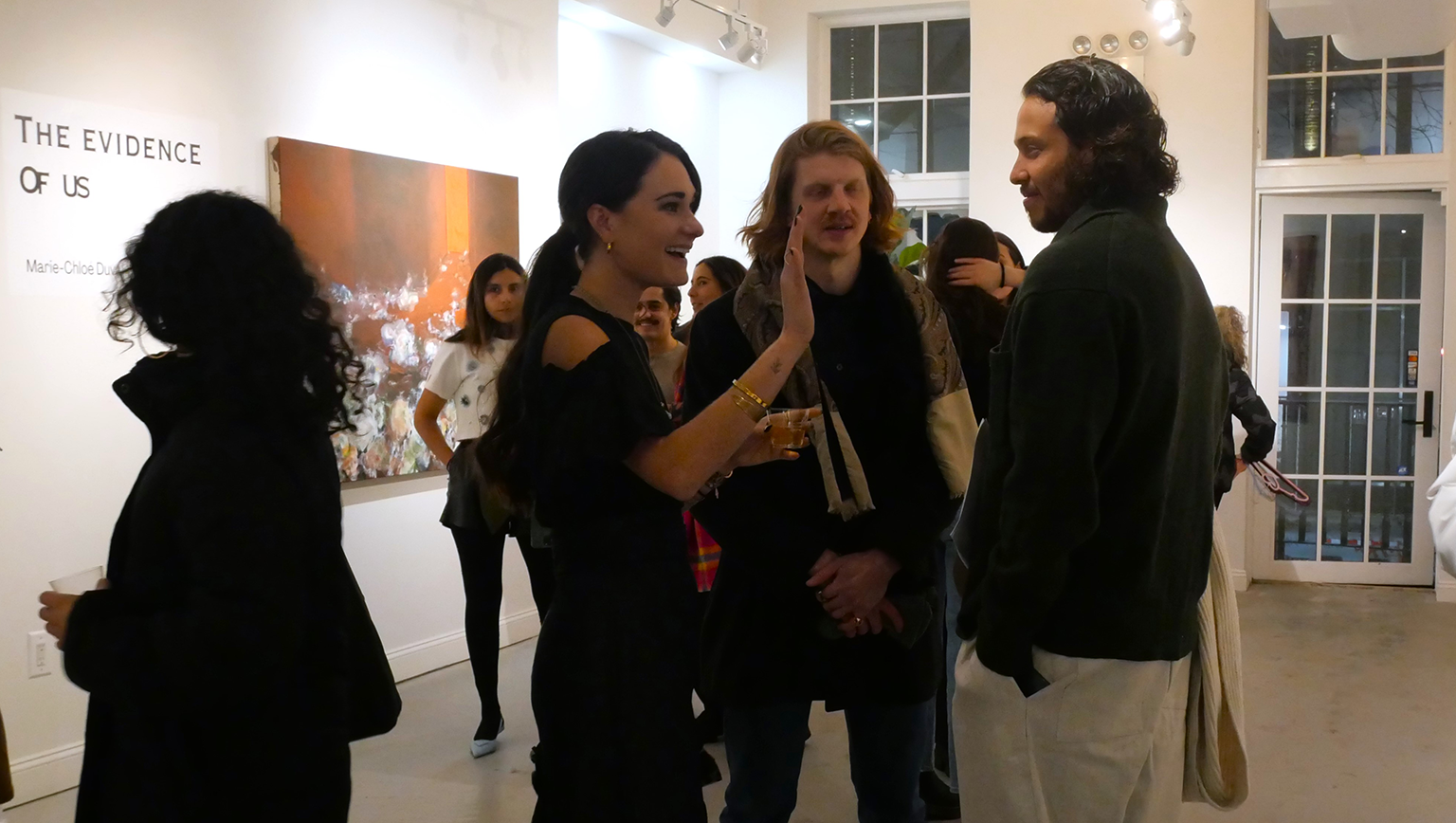
"Evidence of Us": Marie Chloe Duval's Floral Meditations on Time and Memory
Abigail MacFadden • February 20, 2025 •
5min read

Cape Town Flavors: The Inspiring Journey of Chef Kuda at Judd's Local
Abigail MacFadden • February 19, 2025 •
5min read

Art Fair Season: What to Watch at Frieze Los Angeles 2025
Abigail MacFadden • February 18, 2025 •
6min read
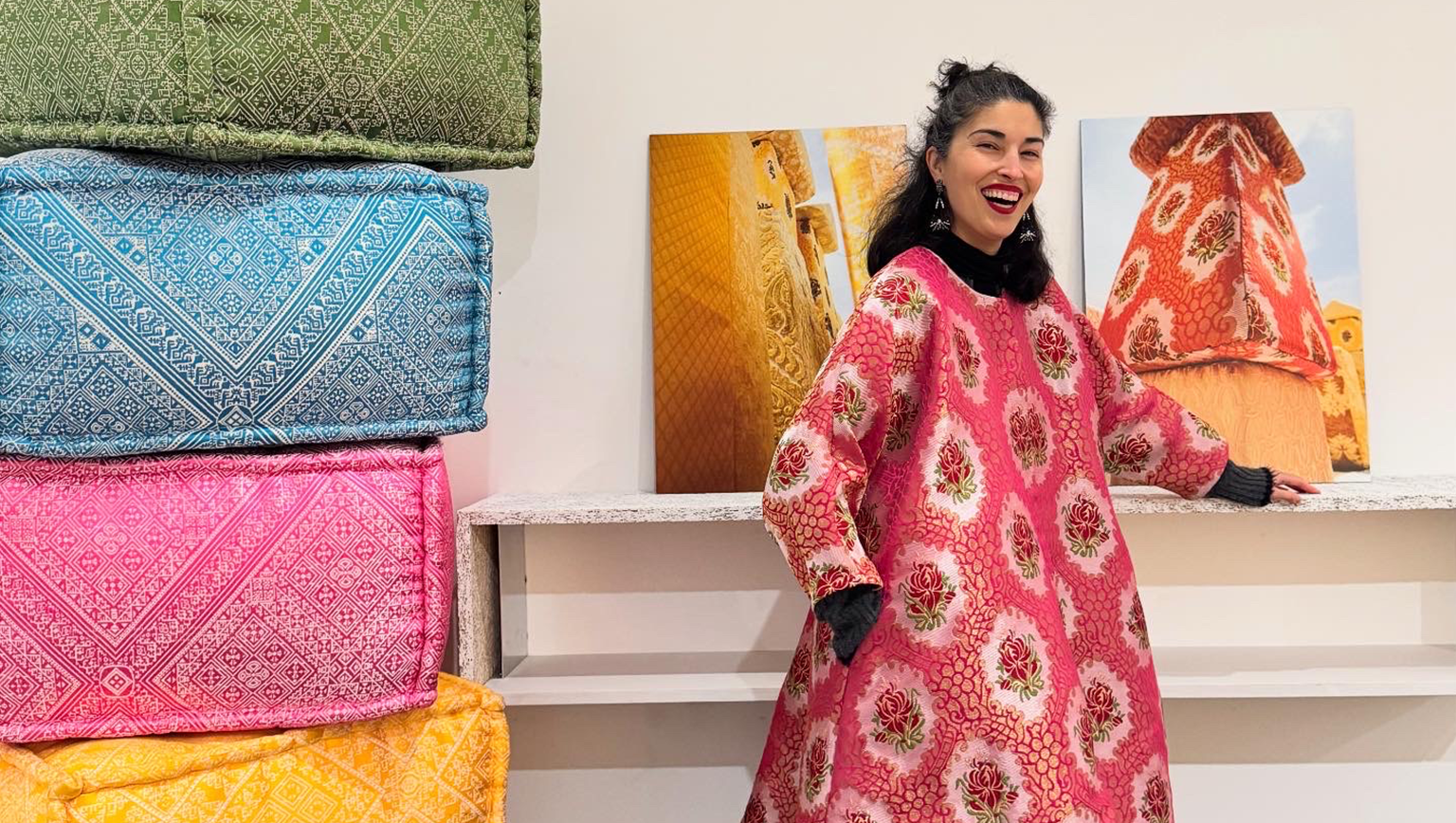
Sophia Kacimi, French-Moroccan Designer Transforms Luxury Fashion into Chess Art
Abigail MacFadden • February 17, 2025 •
5min read

Dog Day Afternoon
Chiara Padejka • February 14, 2025 •
4min read
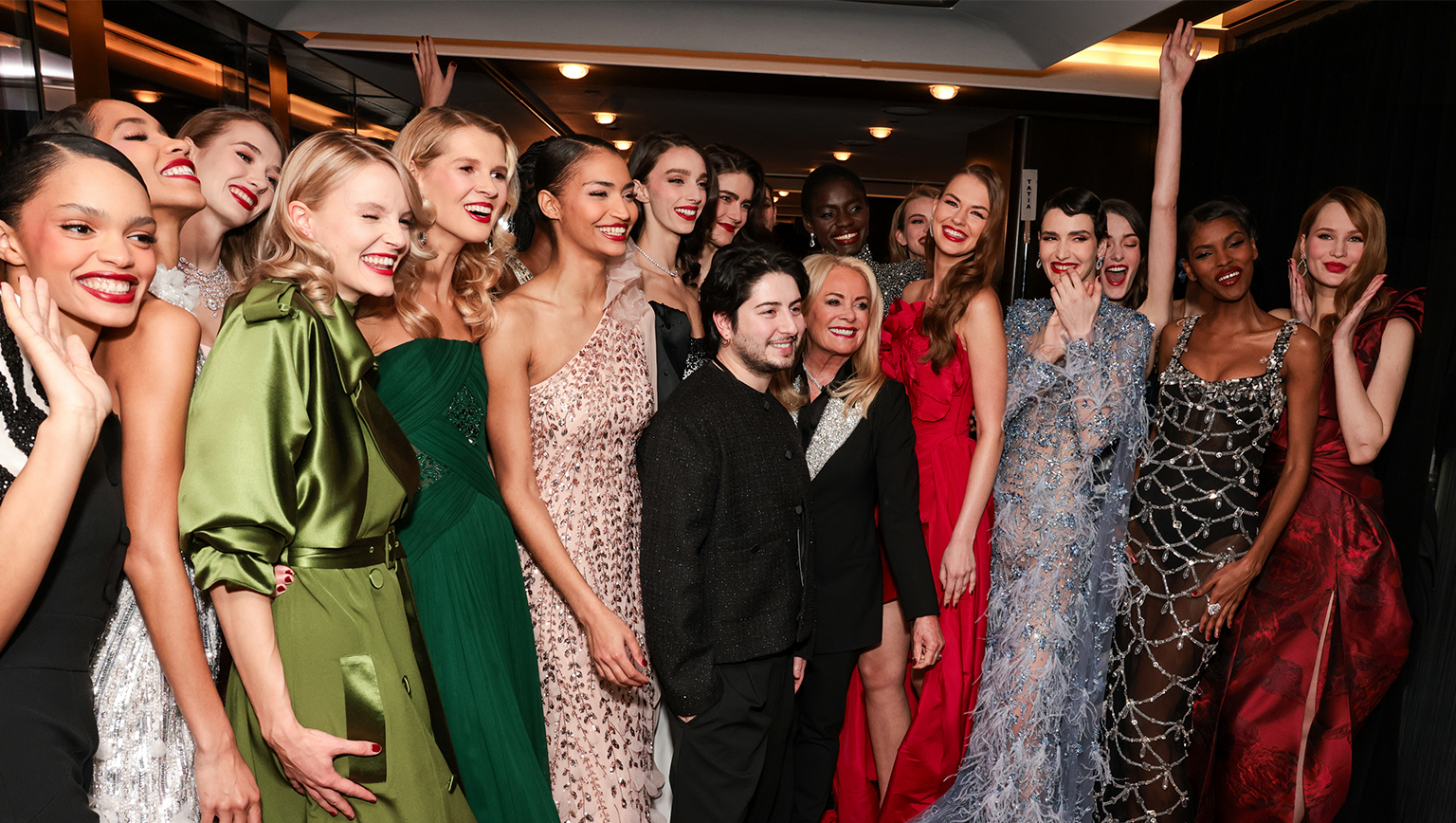
Fall/Winter Femme Fatale from Pamella Roland FW25 Collection
M. Marki • February 13, 2025 •
5min read
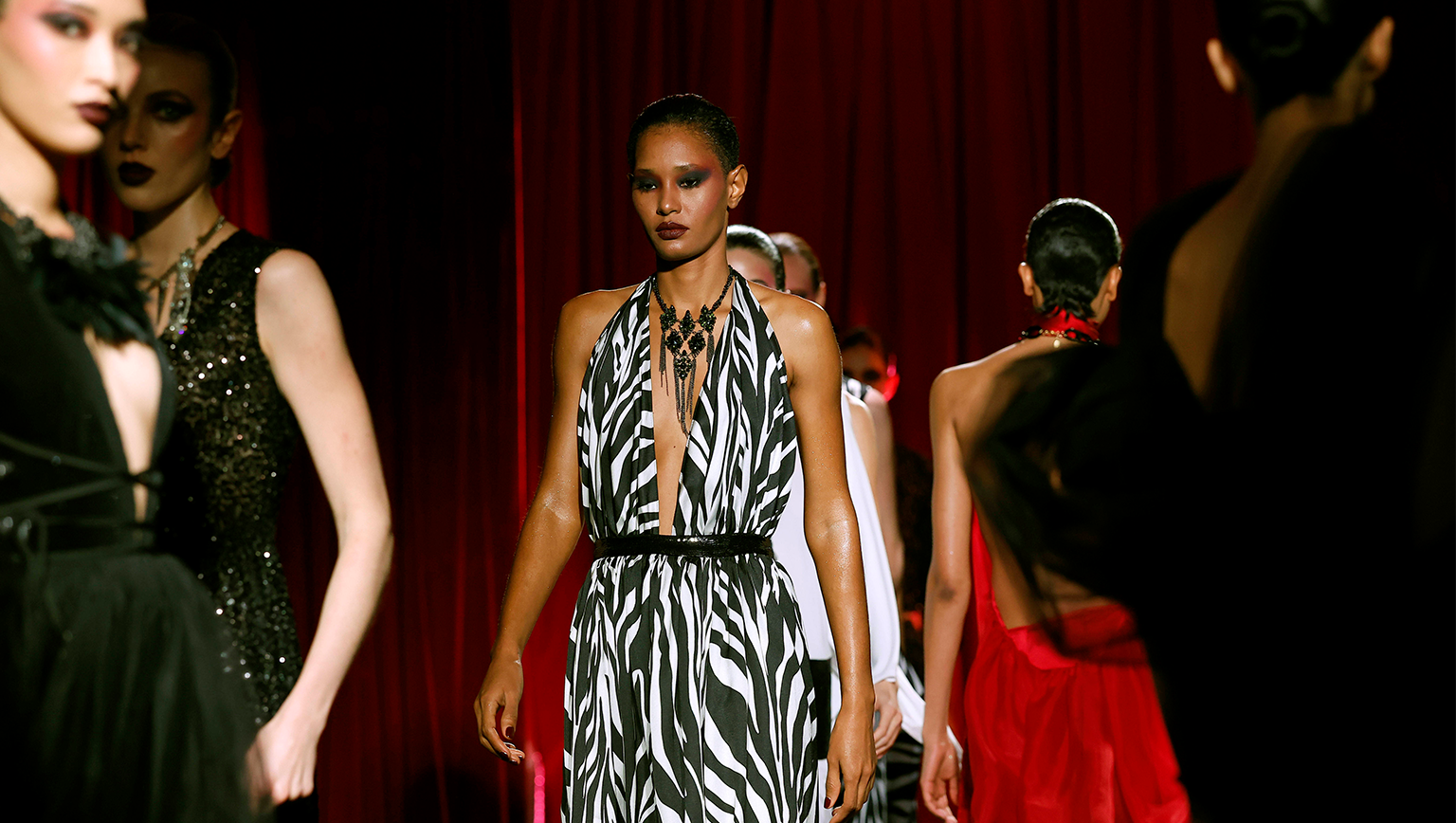
Frederick Anderson's Fall 2025 Collection: Where '90s Hip-Hop Meets High Fashion
Sasha Bernier • February 12, 2025 •
5min read

From Poetry to Hip-Hop: The Evolution of Fame
Abigail MacFadden • February 11, 2025 •
5min read
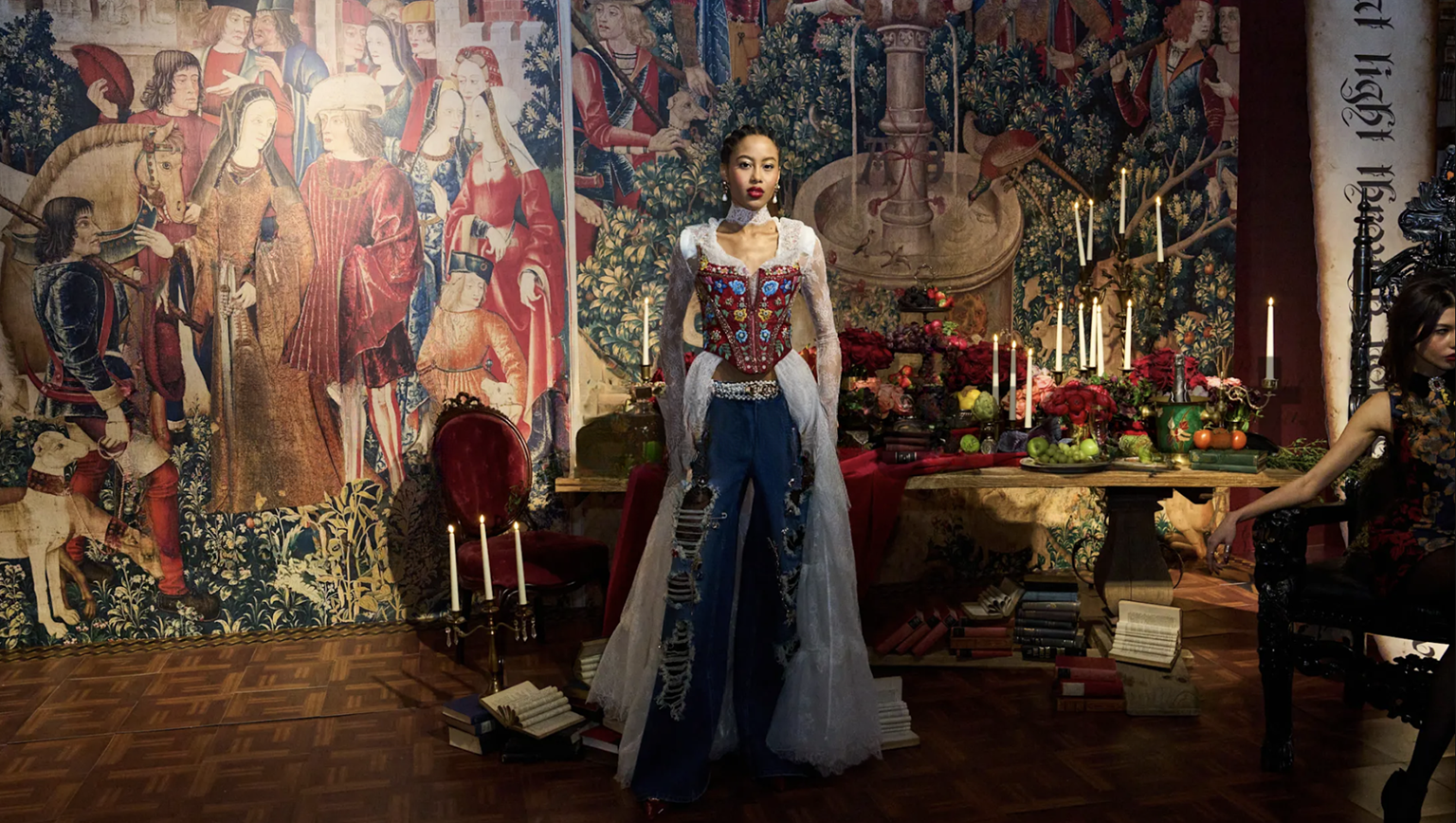
Shakespeare Takes Center Stage: Alice + Olivia’s Literary Inspired Fall 2025 Collection
Dominique Aronson • February 10, 2025 •
5min read

Bridging High Art and Popular Culture with “Match with Art’s” Salome
Abigail MacFadden • February 10, 2025 •
6min read

From Ballet to the Bronx: The Inspiring Journey of Chef Sam Lopez
Abigail MacFadden • February 7, 2025 •
5min read

Francesco Arena’s God sculpture Debuts in Thailand’s Art Forest
Abigail MacFadden • February 6, 2025 •
5min read

Fired Up: Why Hot Glass is the Coolest Exhibit in Delray
Chiara Padejka • February 5, 2025 •
5min read

From Portugal to the Big Apple: Lotty Carrington’s Journey to Find her Voice
Sasha Bernier • February 5, 2025 •
5min read
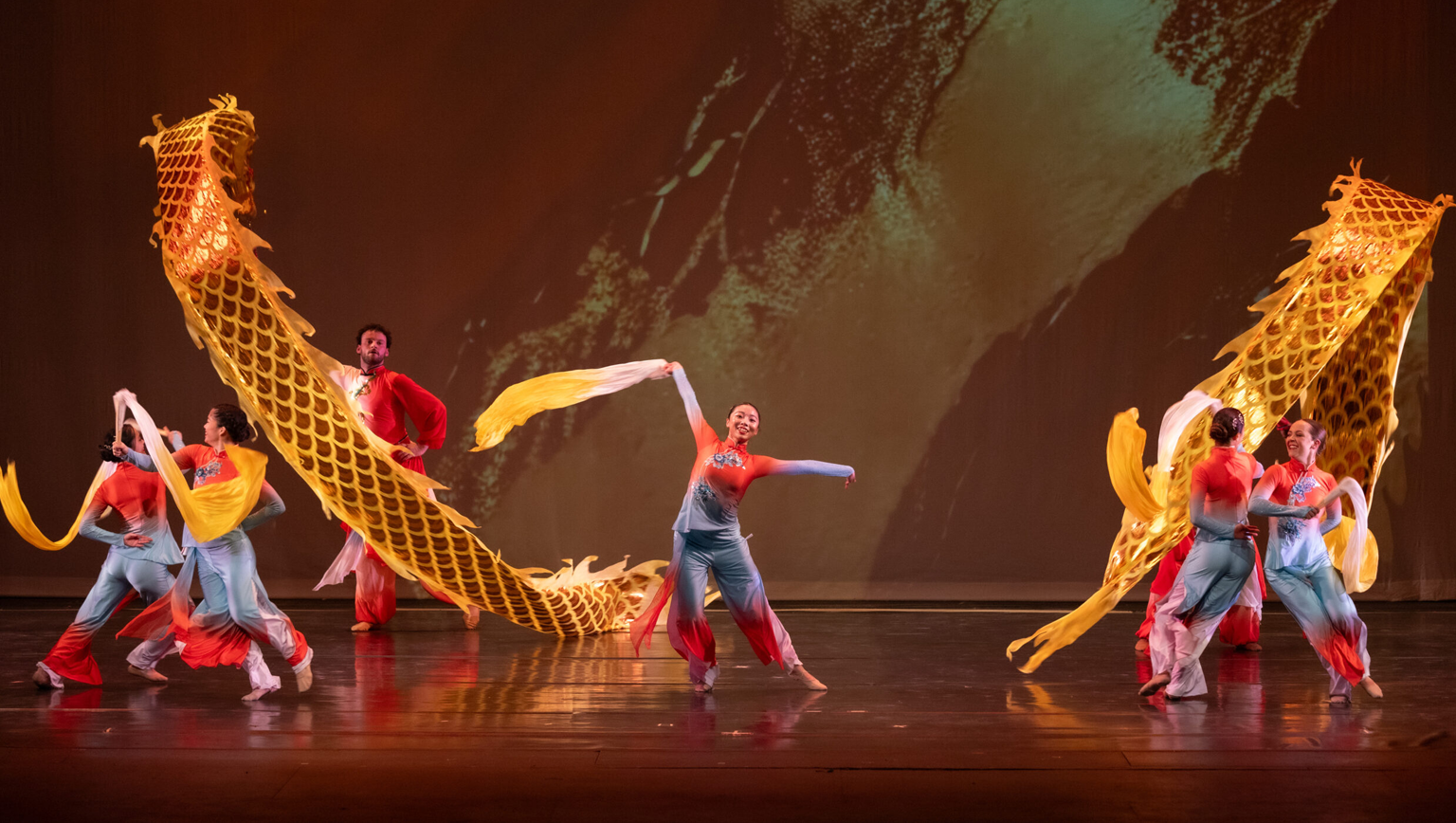
Nai-Ni Chen Dance Company’s Lunar New Year of the Snake
Dominique Aronson • February 3, 2025 •
4min read

Singing in the Rain : 070 Shake Petrichor Tour
Chiara Padejka • February 3, 2025 •
5min read

Francie Cohen: From OCD to Art Basel – How This New School Artist’s Journey Inspired Divinity Magazine for Women and Non-Binary Voices
Tessa Almond • January 31, 2025 •
5min read

Made in L.A.: Rising from the Ashes the Hammer Museum’s Biennial Moves Forward
Abigail MacFadden • January 29, 2025 •
5min read

Movie Review: A Complete Unknown
Abigail MacFadden • January 21, 2025 •
4min read

“Serendipitous: A New Group Making Noise in Bushwick”
Abigail MacFadden • January 17, 2025 •
4min read

Sins and Sacrifice: Emma Katherine Hepburn Ferrer's Journey Through Sacrifice and Redemption
Abigail MacFadden • January 16, 2025 •
5min read

Uncle Waffles: Amapiano's Global Ambassador Lights Up Cape Town
Sasha Bernier • January 15, 2025 •
3min read

Enzo Ishall: How Zimbabwe's Dancehall King Transformed Jamaican Music into Zimhall | Live Show Review
Sasha Bernier • January 6, 2025 •
3min read

Lauren Whitfield: Texas Poet Combines Yoga, Writing, and Healing Through Innovative Poetry Workshops
Abigail MacFadden • January 2, 2025 •
4min read

Don't Be Mad: Miller's Art Basel Journey from Houston to Miami Beach
Abigail MacFadden • December 30, 2024 •
4min read
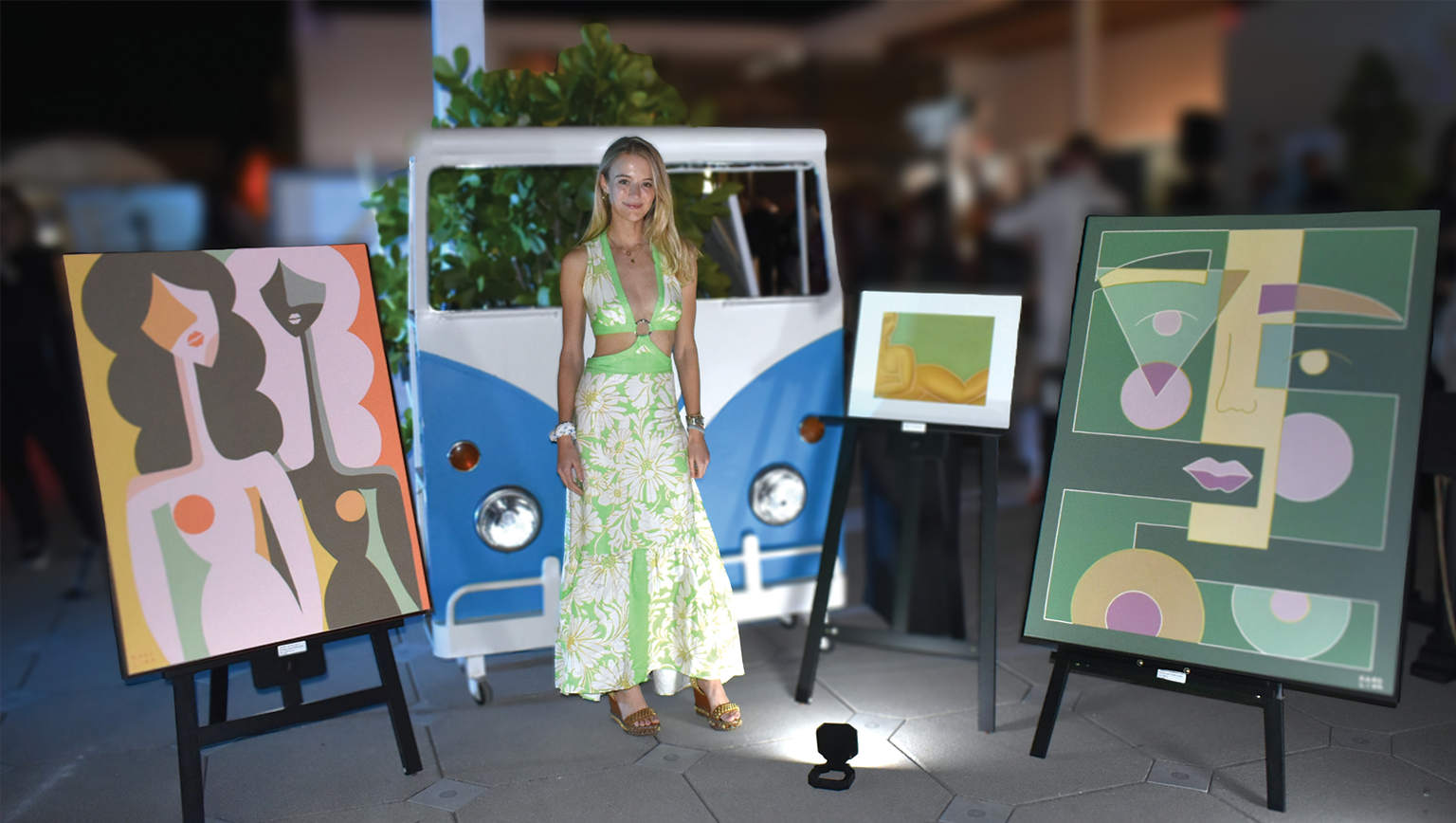
From St. Barth to Art Basel: Inside Karolina Karlsson's Muted Gemini Series and Work Wives
Abigail MacFadden • December 27, 2024 •
4min read

When Eden Gets an AR Upgrade: Oriana Pirela for Creativo
Chiara Padejka • December 24, 2024 •
6min read
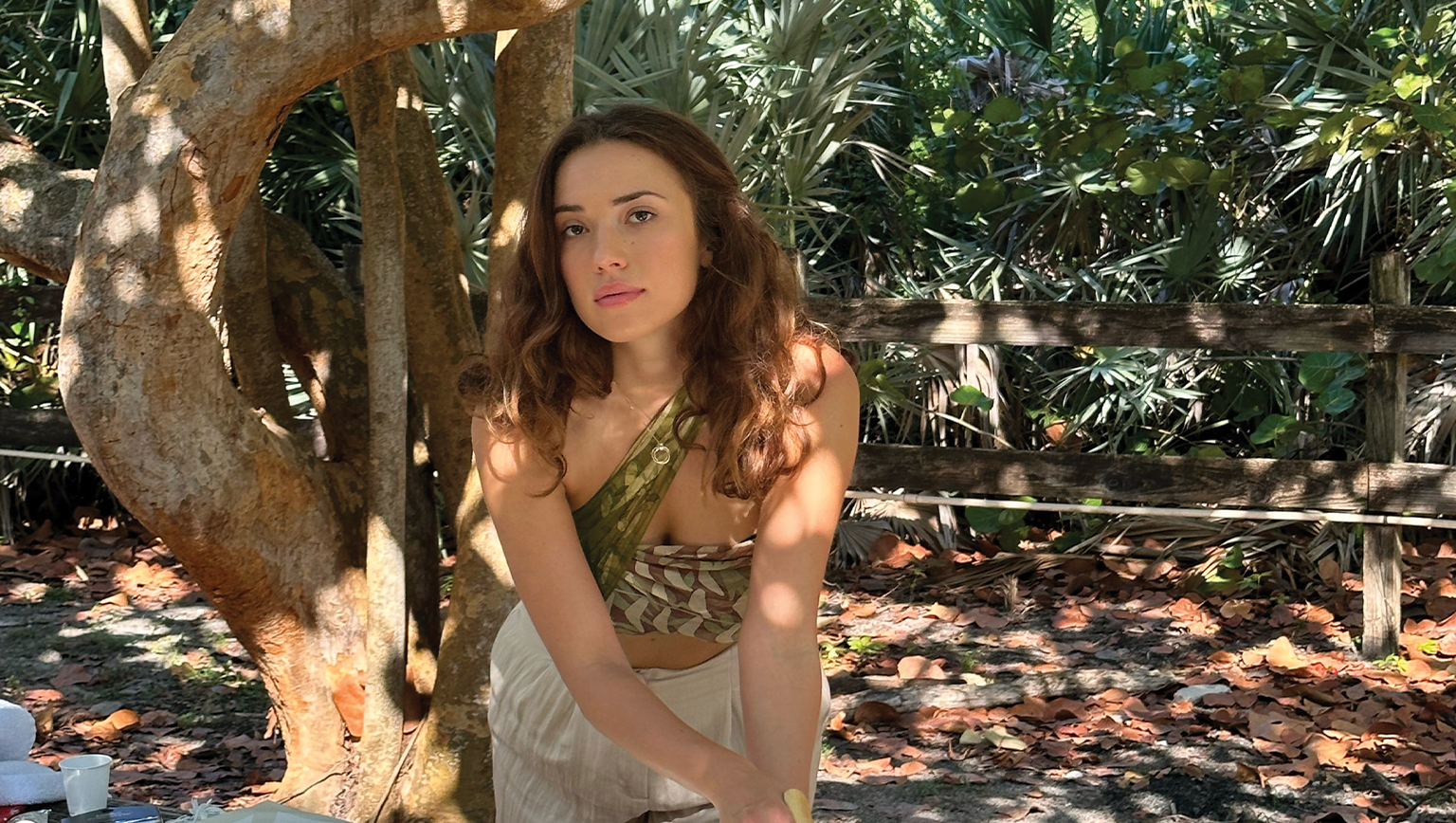
Creativo's Garden of Eden: Anastasia Butacova in Full Bloom
Chiara Padejka • December 20, 2024 •
5min read

Adam and Eve: The Origin Story of Creativo
Sasha Bernier • December 4, 2024 •
5min read

Fruit Ninja IRL: Luis Gonzalez Carves Out a Fruitful Endeavor
Chiara Padejka • November 26, 2024 •
5min read

Forbidden Fruit Couture: Dressing the Garden of Eden at Art Basel
Abigail MacFadden • November 21, 2024 •
3min read

Bloom: An Expression of Womanly Resilience
Tessa Almond • November 13, 2024 •
5min read

The Art of Giving Shines at Gabrielle’s Angel Foundation’s 26th Angel Ball
Mariele Marki • November 1, 2024 •
4min read
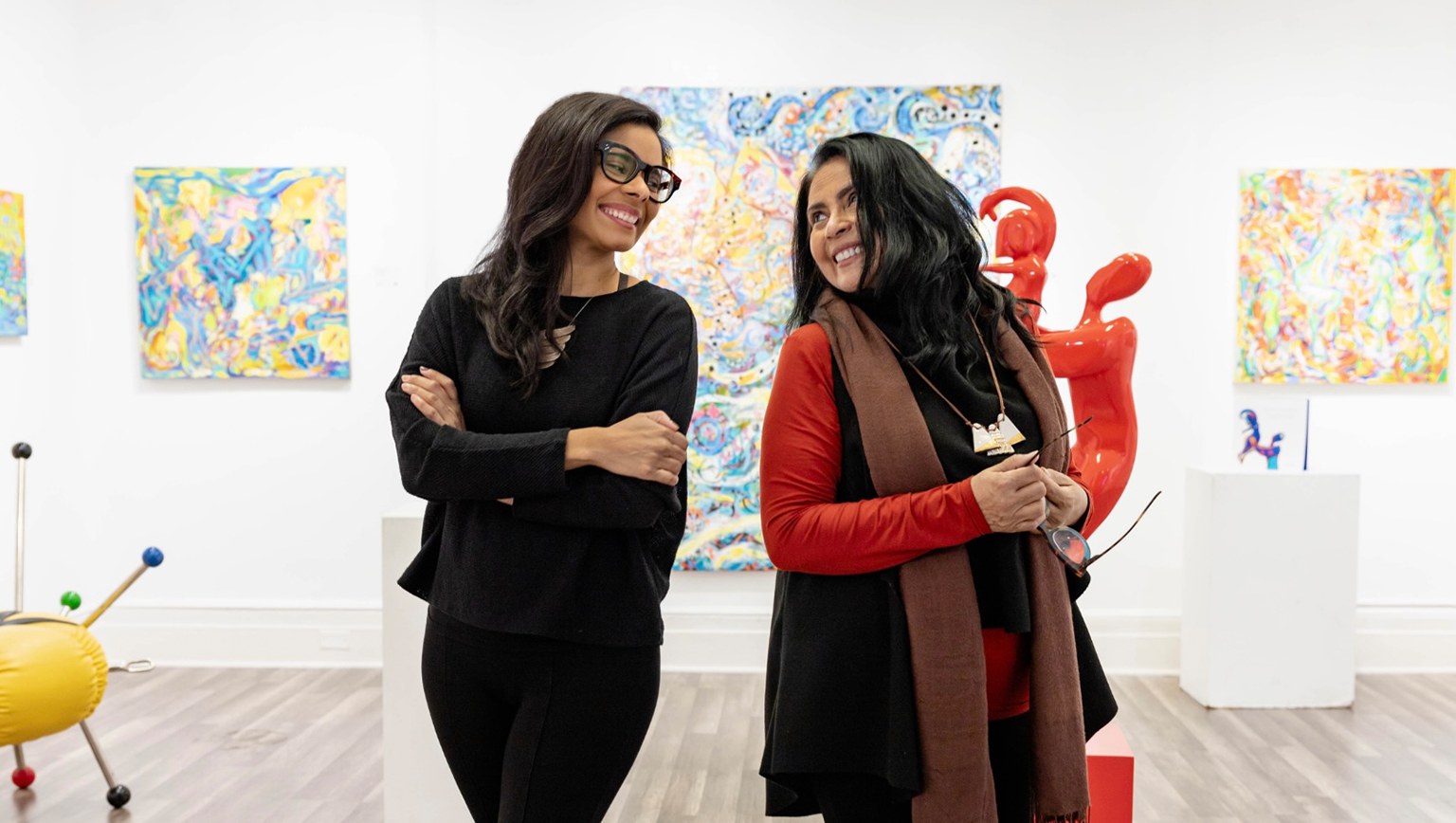
Innovation Through Collaboration: The Saphira Ventura Gallery Story
Abigail MacFadden • October 31, 2024 •
4min read
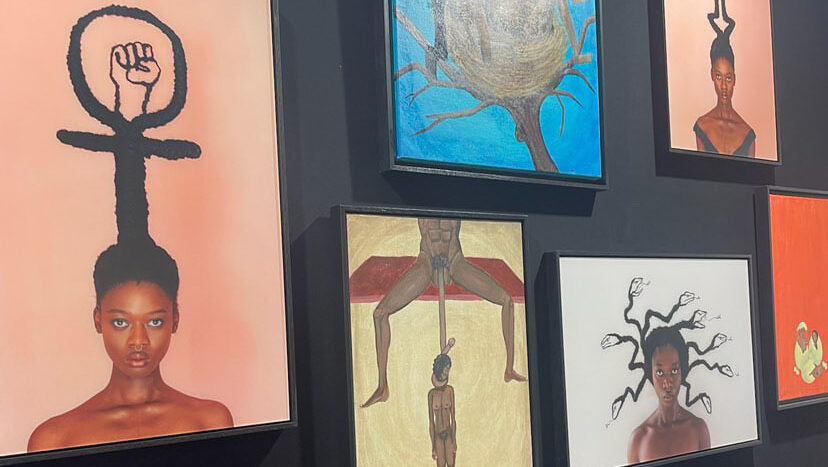
Africa's Art Market: Emancipation, Innovation, and Global Impact
Lara Sleiman • October 26, 2024 •
4min read

Woven Paintings and Human Migration: Clement Denis Exhibition at Chelsea's Nicolas Auvray Gallery
Abigail MacFadden • October 24, 2024 •
4min read
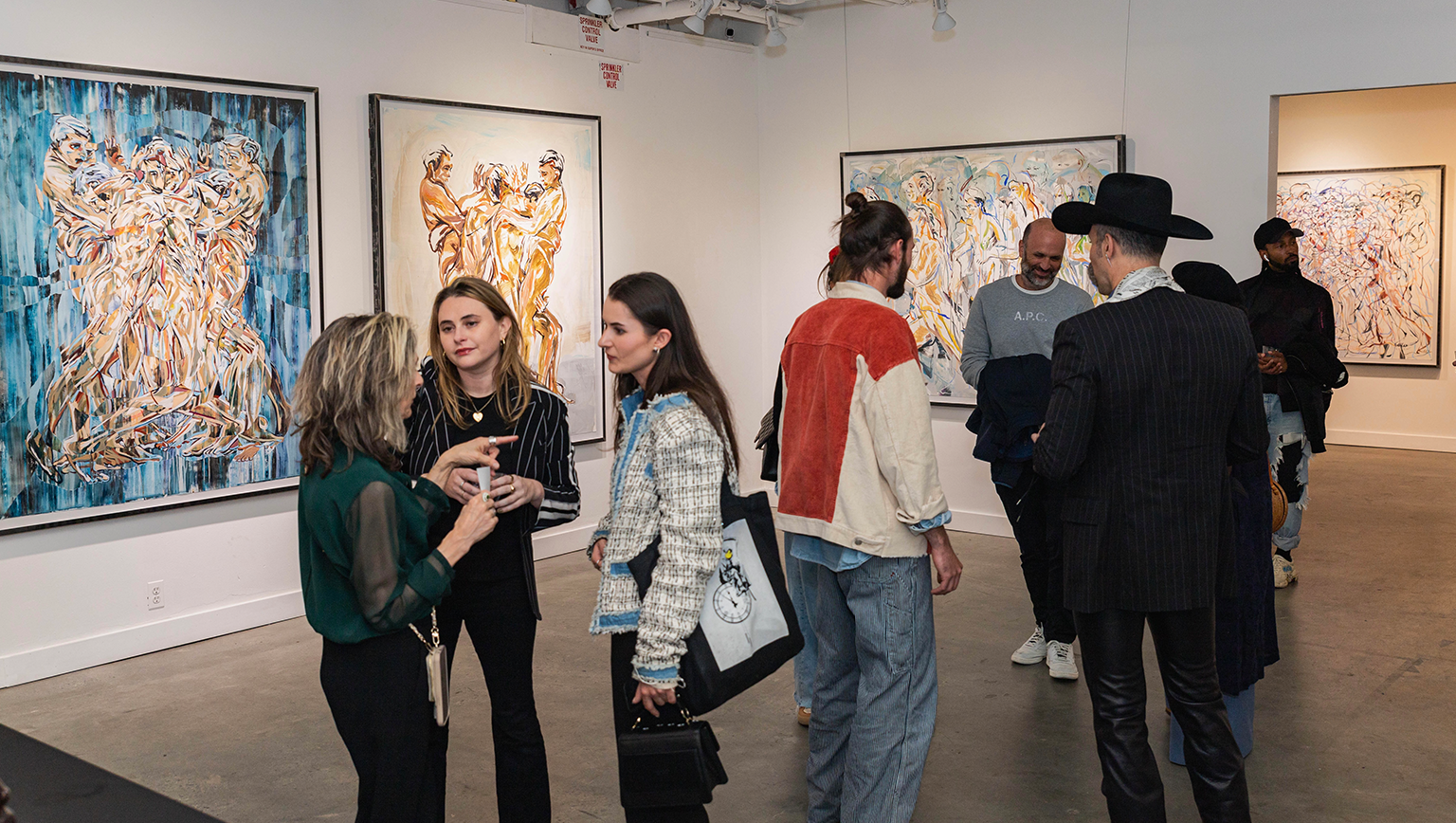
Textile, Texture, and Transformation: Innovative Voices in Contemporary Art
Abigail MacFadden • October 22, 2024 •
5min read

Art Basel Paris Guide: Can’t Miss Booths and a new James Turrell!
Abigail MacFadden • October 17, 2024 •
5min read

